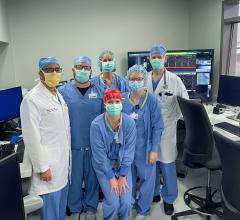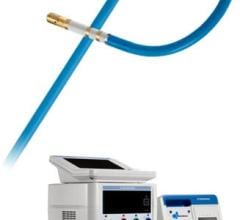January 14, 2009 - According to Millennium Research Group's (MRG's) U.S. Markets for Electrophysiology (EP) Mapping and Ablation Devices 2009 report, an increase in the number of catheter ablation procedures for treating atrial fibrillation (AF) will fuel revenues in the EP ablation catheter market over the next five years.
The ablation catheter market will exhibit strong growth from 2008 to 2013, at a compound annual rate of almost 14 percent, exceeding $480 million by the end of 2013, MRG said.
With the increased clinical attention AF is generating, market competitors are increasingly targeting their product development efforts towards designing AF-specific catheters. The pending U.S. approval of the first AF-indicated ablation catheter is expected to be the first of many devices to earn this designation.
In November 2008, an FDA advisory panel voted to expand the label for Biosense Webster's NaviStar ThermoCool radiofrequency ablation catheter to include an indication for AF. Several other manufacturers are also pursuing AF approval for their devices. CryoCath (acquired by Medtronic in Q3 2008) and Ablation Frontiers are developing ablation catheters specifically designed for cardiac anatomy associated with AF.
“A number of leading competitors are developing therapeutic solutions for treating AF safely and effectively," says Anuk Karunaratne, snior analyst at MRG. “Currently, only a small percentage of patients with AF are treated with catheter ablation, but by 2013 this percentage will have tripled, and AF-indicated devices will be in a strong position to gain share of these procedures”
MRG's U.S. Markets for Electrophysiology Mapping and Ablation Devices 2009 report provides coverage of key industry competitors, including Biosense Webster, Boston Scientific, GE Healthcare, Siemens Healthcare, St. Jude Medical, and more.
With an estimated prevalence approaching 3.2 million in the U.S. in 2008, AF is the most common clinically significant cardiac arrhythmia. AF causes up to a 30 percent reduction in cardiac output, leading to shortness of breath and fatigue. AF is also a significant risk factor for stroke because blood pools form in the atria as a result of inefficient pumping, which then increases the likelihood of clot formation.
For more information: www.mrg.net


 October 30, 2024
October 30, 2024 








